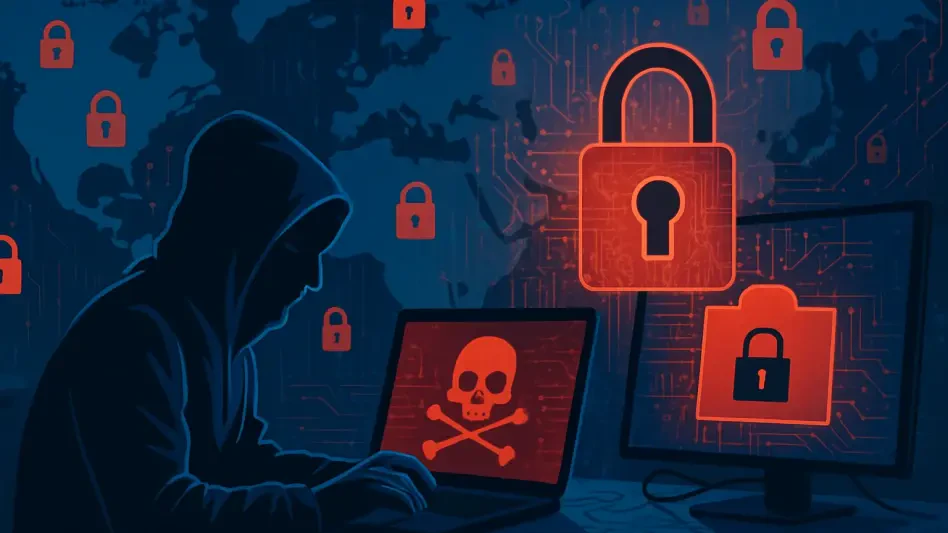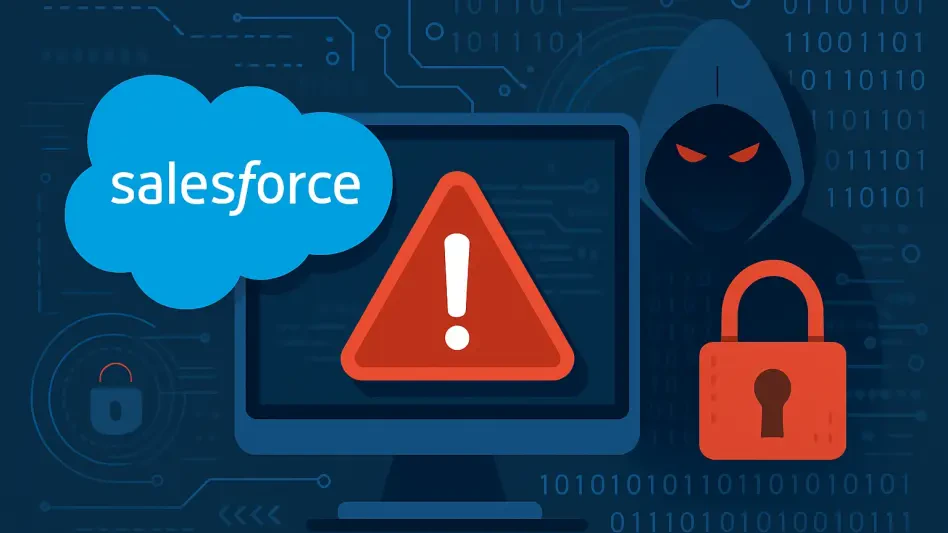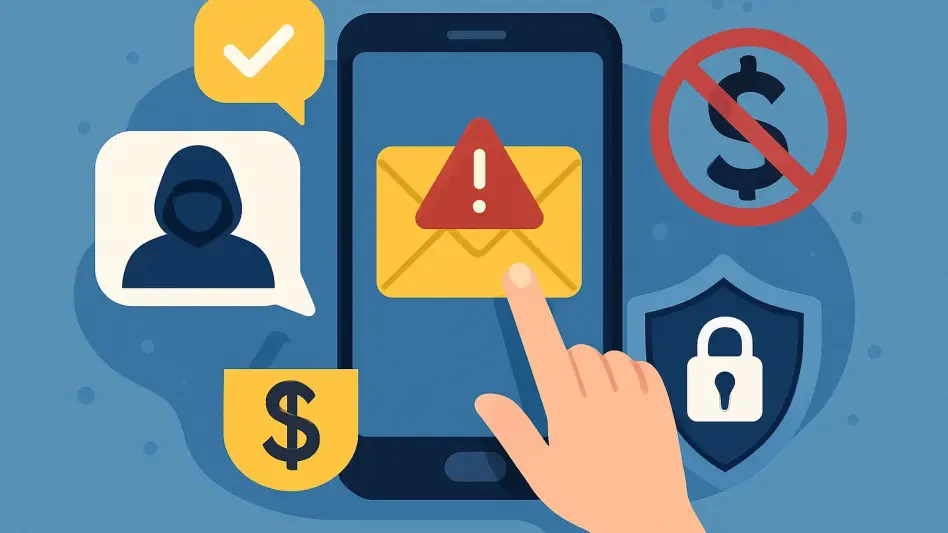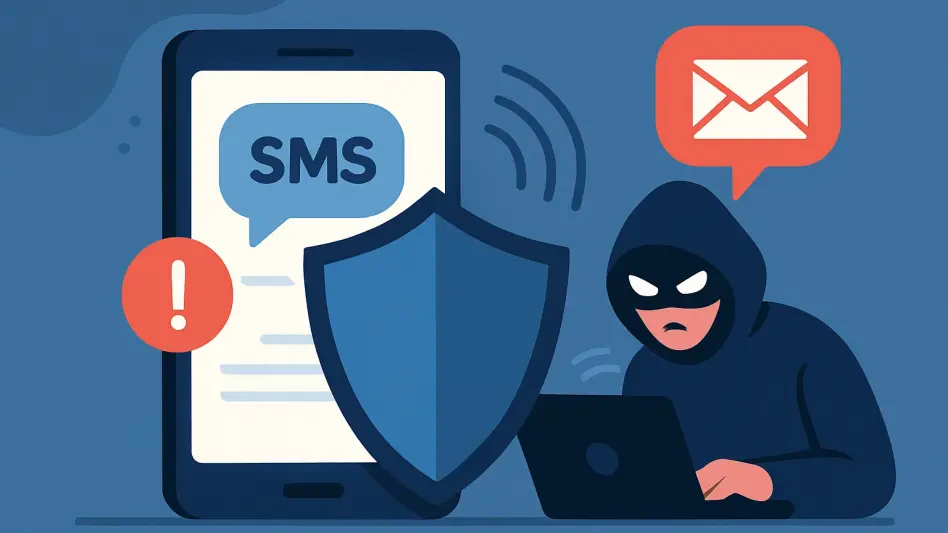Imagine a leading venture capital firm, managing billions in investments, suddenly brought to a standstill by a cyberattack that exposes the sensitive data of over 12,000 individuals, sending shockwaves through the financial sector. This scenario became reality for Insight Partners when a ransomware breach, detected earlier this year on January 16, struck at the heart of their operations. The incident, which occurred around late last year, has raised urgent questions about cybersecurity in an industry often seen as untouchable. This roundup gathers diverse perspectives from industry leaders and cybersecurity specialists to unpack the breach, explore its implications, and provide actionable strategies for venture capital firms facing similar threats.
Diving into the Cyberattack: What Happened and Why It Matters
The ransomware attack on Insight Partners revealed a chilling vulnerability in the venture capital ecosystem. Reports indicate that the breach, initiated through sophisticated social engineering tactics, allowed attackers to infiltrate servers, steal data, and encrypt critical systems. The scale of exposure, affecting 12,657 individuals, underscores the high stakes of such incidents, with compromised data potentially including fund details, personal employee information, and portfolio company records.
Industry observers note that the timing of detection, months after the initial intrusion, highlights a critical gap in real-time threat monitoring. Many argue that this delay amplified the damage, as stolen information could have been exploited or sold on dark web markets during the interim. The consensus among experts is that such breaches are not isolated events but part of a growing trend targeting firms with vast troves of proprietary data.
This incident has sparked intense debate about whether traditional cybersecurity measures are adequate for protecting against modern threats. Some specialists emphasize that the attack’s reliance on human manipulation rather than technical exploits signals a need for a paradigm shift in defense strategies. The broader financial community is now watching closely, eager to learn how such a significant player will recover and adapt.
Expert Opinions: Unpacking the Mechanics and Fallout
How Social Engineering Outsmarted Defenses
Cybersecurity analysts have dissected the attack, pointing to social engineering as the primary method used to gain access to Insight Partners’ systems. This approach, often involving phishing emails or impersonation, exploits human error rather than software vulnerabilities, making it particularly insidious. Experts agree that the precision of this tactic suggests a well-resourced threat actor with intimate knowledge of the firm’s operations or personnel.
Several industry voices stress that the response, while swift once detected, came after significant data had already been exfiltrated. On the day of discovery, third-party investigators were brought in to contain the breach and expel the intruder, but questions linger about the full scope of stolen information. A recurring opinion is that firms must invest in advanced behavioral analysis tools to flag suspicious activity before it escalates into a full-blown crisis.
Differing views emerge on the viability of completely preventing such intrusions. While some specialists advocate for a zero-trust security model, assuming no one is trustworthy by default, others argue that the human element will always be a weak link. This divide highlights a broader challenge: balancing technological solutions with robust employee training to mitigate risks at every level.
The Ripple Effect: Data Exposure in Venture Capital
The breadth of compromised data in this breach has alarmed many in the field, as it spans internal fund records to personal details of employees and limited partners. Cybersecurity professionals warn that such information could fuel identity theft, fraud, or even corporate espionage if exploited by malicious actors. Insight Partners’ offer of free identity theft protection and advice on password updates reflects an acknowledgment of these grave risks.
Beyond immediate victims, the potential impact on portfolio companies and the wider financial ecosystem is a hot topic. Some experts suggest that startups reliant on the firm’s funding may face indirect consequences, such as delayed investments or eroded confidence from stakeholders. This interconnected fallout illustrates how a single breach can disrupt an entire network of businesses and relationships.
A contrasting perspective focuses on the legal and reputational dimensions, with certain analysts predicting long-term trust issues for affected firms. They argue that clients and partners may demand greater transparency in data handling practices, potentially reshaping contractual obligations. This viewpoint emphasizes that the true cost of a breach often extends far beyond financial losses, affecting credibility in a trust-driven industry.
Venture Capital as a Prime Target for Cybercriminals
A growing chorus of cybersecurity leaders points to the increasing sophistication of ransomware as a dominant threat to venture capital firms. Unlike other sectors, these firms hold a unique combination of sensitive financial data and strategic insights, making them lucrative targets for attackers. The reliance on social engineering over brute-force hacking further complicates defense efforts, as it preys on human psychology rather than system flaws.
Industry insights reveal a troubling trend: many firms underestimate their attractiveness to cybercriminals, often prioritizing deal-making over digital security. Some specialists argue that this mindset creates a dangerous blind spot, leaving critical infrastructure exposed. They urge a cultural shift toward viewing cybersecurity as a core business function rather than an afterthought.
Debate also centers on the effectiveness of conventional defenses against evolving threats. While firewalls and antivirus software remain essential, a significant number of experts believe they are insufficient alone. Innovative approaches, such as AI-driven threat detection and continuous system monitoring, are frequently cited as necessary additions to safeguard against the next wave of attacks.
Wider Implications: Startups and Stakeholders in the Crosshairs
The breach’s impact on smaller entities, particularly startups dependent on Insight Partners, has drawn considerable attention from industry watchers. Many note that these smaller players often lack the resources to weather disruptions caused by delayed funding or compromised data shared with the firm. This vulnerability amplifies the cascading effect of such incidents across the investment landscape.
Comparative analyses by cybersecurity professionals highlight how breaches can alter investment strategies and legal frameworks. Some predict that firms may face stricter regulatory scrutiny or litigation from affected parties, adding another layer of complexity to recovery efforts. This perspective sheds light on the potential for systemic changes in how venture capital operates under the shadow of cyber threats.
A distinct opinion focuses on stakeholder expectations, with certain experts suggesting that investors and partners will demand more rigorous security protocols in the wake of such events. This shift could redefine relationships within the sector, pushing for greater accountability in data protection. The discussion underscores a pivotal moment for the industry to reassess its priorities and commitments to safeguarding trust.
Key Takeaways: Lessons for Strengthening Defenses
Reflecting on the breach, several critical lessons emerge for venture capital firms navigating an increasingly hostile digital environment. Experts widely agree that the sector’s vulnerability to ransomware, especially through social engineering, requires immediate attention. The extensive reach of data exposure consequences, from personal identity risks to corporate disruptions, serves as a stark reminder of the stakes involved.
Practical strategies abound, with many specialists advocating for the adoption of multi-factor authentication as a baseline defense against unauthorized access. Regular security audits are also frequently recommended to identify and address vulnerabilities before they are exploited. Employee training on recognizing phishing attempts and other manipulative tactics is another commonly cited priority to fortify the human firewall.
A final insight centers on empowerment, encouraging stakeholders to push for stronger cybersecurity within their organizations or as partners in similar firms. Some experts suggest forming industry-wide coalitions to share threat intelligence and best practices, fostering a collective defense against common adversaries. This collaborative approach could mark a turning point in how the sector addresses digital risks.
Moving Forward: Cybersecurity as a Core Imperative
Looking back, the ransomware breach at Insight Partners served as a sobering wake-up call for the venture capital industry, exposing deep-seated vulnerabilities and far-reaching consequences. The diverse insights gathered from cybersecurity professionals and industry leaders paint a complex picture of an evolving threat landscape, where human error often proves as dangerous as technical flaws.
As a next step, firms are encouraged to prioritize investments in cutting-edge security technologies, such as machine learning tools for anomaly detection, to stay ahead of sophisticated attackers. Building a culture of vigilance through ongoing training and simulations can further reduce the likelihood of successful social engineering schemes. Additionally, engaging with regulatory bodies to anticipate compliance demands could help mitigate legal risks down the line.
Beyond individual efforts, fostering dialogue across the sector to develop shared standards for data protection stands out as a promising path. By learning from this incident and adapting proactively, venture capital firms can transform a moment of crisis into an opportunity for resilience. The focus now shifts to sustained action, ensuring that digital defenses keep pace with the ingenuity of cyber threats.








